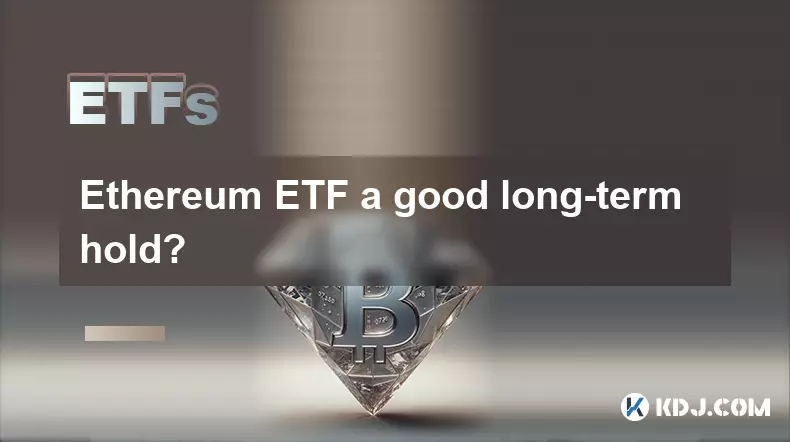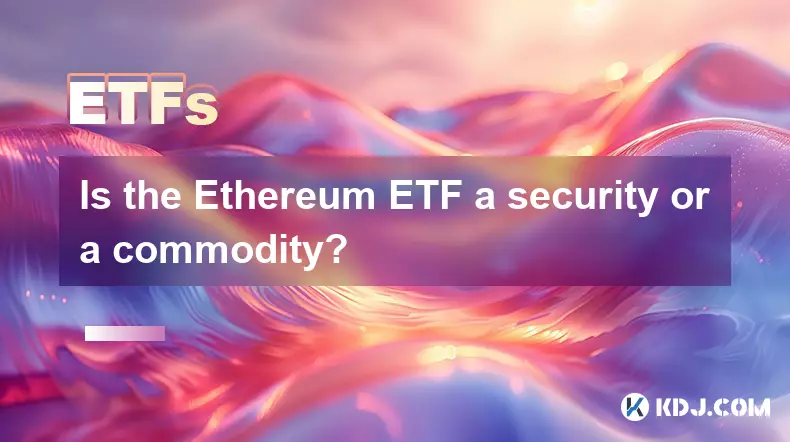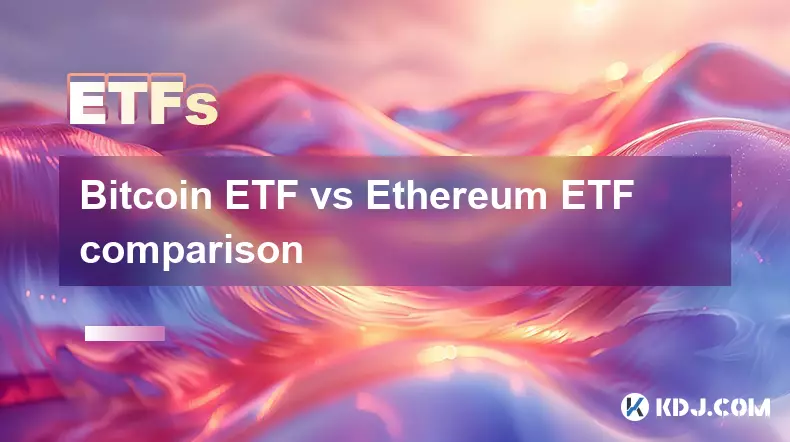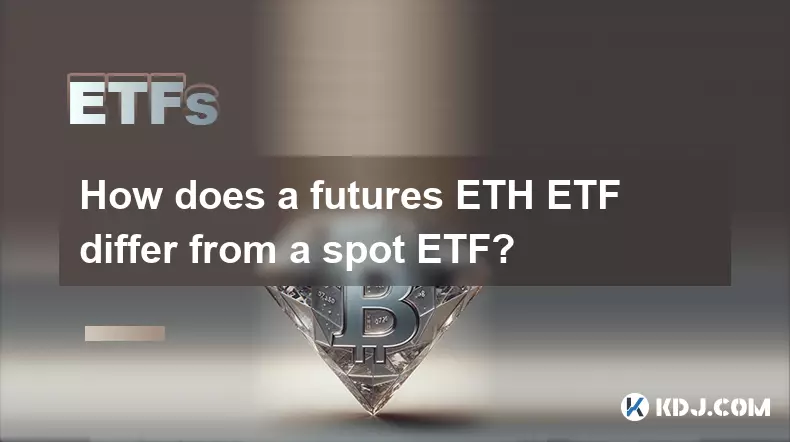-
 Bitcoin
Bitcoin $112200
-0.88% -
 Ethereum
Ethereum $4329
-0.97% -
 XRP
XRP $2.969
-1.76% -
 Tether USDt
Tether USDt $0.0000
0.00% -
 BNB
BNB $884.9
0.16% -
 Solana
Solana $221.0
0.69% -
 USDC
USDC $0.9997
0.00% -
 Dogecoin
Dogecoin $0.2418
0.32% -
 TRON
TRON $0.3368
0.56% -
 Cardano
Cardano $0.8813
-1.09% -
 Hyperliquid
Hyperliquid $55.27
1.41% -
 Chainlink
Chainlink $23.64
-0.35% -
 Ethena USDe
Ethena USDe $1.001
0.01% -
 Sui
Sui $3.539
-1.75% -
 Stellar
Stellar $0.3774
-2.26% -
 Bitcoin Cash
Bitcoin Cash $580.5
-0.77% -
 Avalanche
Avalanche $27.05
3.68% -
 Hedera
Hedera $0.2329
0.15% -
 UNUS SED LEO
UNUS SED LEO $9.552
0.03% -
 Litecoin
Litecoin $113.2
-0.92% -
 Cronos
Cronos $0.2558
2.32% -
 Toncoin
Toncoin $3.115
-0.63% -
 Shiba Inu
Shiba Inu $0.00001296
-0.84% -
 Polkadot
Polkadot $4.113
-0.89% -
 Uniswap
Uniswap $9.680
-0.80% -
 Ethena
Ethena $0.8148
-4.08% -
 Dai
Dai $0.9999
0.02% -
 World Liberty Financial
World Liberty Financial $0.2033
-7.09% -
 Monero
Monero $268.1
-1.33% -
 Aave
Aave $298.2
-3.57%
How to add an ETH ETF to your portfolio
ETH ETFs offer regulated, stock-like exposure to Ethereum’s price without the need to directly hold or secure crypto, ideal for diversifying digital asset investments.
Sep 06, 2025 at 05:36 am

Understanding ETH ETFs and Their Role in Investment
1. Ethereum-based exchange-traded funds (ETFs) offer investors exposure to the price movements of Ether without directly holding the cryptocurrency. These financial instruments are traded on traditional stock exchanges, making them accessible to a broader range of investors who may be hesitant to engage with crypto exchanges.
2. Unlike buying ETH directly, an ETH ETF is managed by financial institutions and subject to regulatory oversight. This structure provides a layer of security and transparency, appealing to institutional and retail investors alike.
3. The value of an ETH ETF typically tracks the performance of Ether through futures contracts or physical holdings, depending on the fund structure. Investors benefit from price appreciation while avoiding the complexities of wallet management and private key security.
4. Regulatory approvals play a crucial role in the availability and legitimacy of ETH ETFs. Jurisdictions such as Canada and parts of Europe have already introduced such products, while others are still evaluating their frameworks.
5. These ETFs often come with management fees, which vary by provider. Understanding the expense ratio is essential to assess long-term profitability and cost-efficiency in a diversified portfolio.
Key Steps to Integrate an ETH ETF Into Your Portfolio
1. Evaluate your current asset allocation and determine the percentage you're willing to allocate to digital asset exposure. ETH ETFs should complement, not dominate, your investment strategy based on your risk tolerance and financial goals.
2. Research available ETH ETFs in your region. Look into their underlying assets—whether they are backed by futures, spot prices, or synthetic instruments—and assess their tracking accuracy and liquidity.
3. Open a brokerage account that supports ETF trading if you don’t already have one. Ensure the platform offers access to the specific ETH ETF you’re interested in, particularly those listed on regulated exchanges.
4. Place a buy order during market hours using either a market or limit order. Monitor the ETF’s trading volume and bid-ask spread to ensure optimal execution and minimal slippage.
5. Regularly review the ETF’s performance against Ethereum’s spot price and adjust your holdings accordingly. Rebalancing may be necessary as market conditions shift or as new regulatory developments emerge.
Tax and Regulatory Considerations
1. ETH ETFs are treated as securities in most jurisdictions, meaning capital gains taxes apply upon sale. The tax treatment differs from direct cryptocurrency holdings, which may be classified as property in certain countries.
2. Investors must report gains or losses from ETF transactions on their tax returns. Keeping detailed records of purchase dates, prices, and sale proceeds is critical for compliance.
3. Some countries impose additional reporting requirements for foreign-based ETFs. Consult a tax professional familiar with digital asset regulations to avoid penalties.
4. Regulatory changes can impact the availability and structure of ETH ETFs. Stay informed about announcements from financial authorities, as sudden shifts may affect liquidity or trading terms.
5. The introduction of spot ETH ETFs in major markets could influence investor sentiment and market dynamics. Regulatory clarity often leads to increased institutional participation and improved market stability.
Frequently Asked Questions
What is the difference between a spot ETH ETF and a futures-based ETH ETF?A spot ETH ETF holds actual Ether as its underlying asset, providing direct price exposure. A futures-based ETF uses Ethereum futures contracts, which may deviate from the spot price due to contango or backwardation in the futures market.
Can I hold an ETH ETF in a retirement account?Yes, in many regions, ETH ETFs can be included in retirement or tax-advantaged accounts like IRAs, provided the brokerage supports such investments and the ETF is approved for inclusion.
Are ETH ETFs safer than holding ETH on an exchange?ETH ETFs eliminate the risks associated with exchange hacks and private key loss since investors hold shares through regulated brokers. However, they introduce counterparty and management risks tied to the fund issuer.
Do ETH ETFs pay dividends or generate yield?Most ETH ETFs do not distribute dividends. Any yield generation would depend on the fund’s strategy, such as staking rewards, which are rarely passed through in current structures.
Disclaimer:info@kdj.com
The information provided is not trading advice. kdj.com does not assume any responsibility for any investments made based on the information provided in this article. Cryptocurrencies are highly volatile and it is highly recommended that you invest with caution after thorough research!
If you believe that the content used on this website infringes your copyright, please contact us immediately (info@kdj.com) and we will delete it promptly.
- Ruvi AI (RUVI) and the Rallying Demand: Is This the Next 100x Token?
- 2025-09-10 18:25:14
- JasmyCoin Price Prediction: Is Altseason Ready to Boost JASMY?
- 2025-09-10 18:25:14
- Ethereum Price, MAGACOIN, Outlook: What's the Hype in NYC?
- 2025-09-10 19:25:13
- PPI, Inflation, and Crypto Liquidations: A New York Minute on Market Volatility
- 2025-09-10 19:25:13
- Shiba Inu's LEASH V2 Migration: A New Yorker's Take on Trust and Tech
- 2025-09-10 19:05:15
- Holoworld AI, Binance, and Crypto: What's the Buzz?
- 2025-09-10 19:05:15
Related knowledge

Ethereum ETF a good long-term hold?
Sep 10,2025 at 01:36am
Ethereum ETF Overview1. Ethereum Exchange-Traded Funds (ETFs) represent a financial product that tracks the price of Ethereum without requiring invest...

Is the Ethereum ETF a security or a commodity?
Sep 06,2025 at 04:54pm
Understanding the Classification of Ethereum ETFs1. The classification of an Ethereum ETF hinges on regulatory interpretation, particularly by agencie...

How to add an ETH ETF to your portfolio
Sep 06,2025 at 05:36am
Understanding ETH ETFs and Their Role in Investment1. Ethereum-based exchange-traded funds (ETFs) offer investors exposure to the price movements of E...

Bitcoin ETF vs Ethereum ETF comparison
Sep 10,2025 at 04:00am
Decentralized Exchanges Gain Momentum in 20241. Decentralized exchanges (DEXs) have experienced a surge in trading volume, with platforms like Uniswap...

How does a futures ETH ETF differ from a spot ETF?
Sep 10,2025 at 03:00am
Understanding Decentralized Exchanges in the Crypto Ecosystem1. Decentralized exchanges (DEXs) operate without a central authority, allowing users to ...

Is it better to buy ETH directly or an ETH ETF?
Sep 07,2025 at 05:36pm
Understanding the Core Differences Between ETH and ETH ETFs1. Purchasing Ethereum (ETH) directly grants full ownership of the cryptocurrency. This mea...

Ethereum ETF a good long-term hold?
Sep 10,2025 at 01:36am
Ethereum ETF Overview1. Ethereum Exchange-Traded Funds (ETFs) represent a financial product that tracks the price of Ethereum without requiring invest...

Is the Ethereum ETF a security or a commodity?
Sep 06,2025 at 04:54pm
Understanding the Classification of Ethereum ETFs1. The classification of an Ethereum ETF hinges on regulatory interpretation, particularly by agencie...

How to add an ETH ETF to your portfolio
Sep 06,2025 at 05:36am
Understanding ETH ETFs and Their Role in Investment1. Ethereum-based exchange-traded funds (ETFs) offer investors exposure to the price movements of E...

Bitcoin ETF vs Ethereum ETF comparison
Sep 10,2025 at 04:00am
Decentralized Exchanges Gain Momentum in 20241. Decentralized exchanges (DEXs) have experienced a surge in trading volume, with platforms like Uniswap...

How does a futures ETH ETF differ from a spot ETF?
Sep 10,2025 at 03:00am
Understanding Decentralized Exchanges in the Crypto Ecosystem1. Decentralized exchanges (DEXs) operate without a central authority, allowing users to ...

Is it better to buy ETH directly or an ETH ETF?
Sep 07,2025 at 05:36pm
Understanding the Core Differences Between ETH and ETH ETFs1. Purchasing Ethereum (ETH) directly grants full ownership of the cryptocurrency. This mea...
See all articles

























































































